What You Need to Know About Honey – 5 Amazing Healing Benefits of Honey
What You Need to Know About Honey
Overview
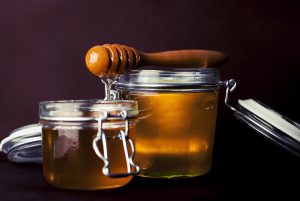
Honey is most commonly known for its immune-boosting, anti-inflammatory, and wound-healing properties. It is often an active ingredient in cough syrups and digestive tonics. It is also an excellent emollient for skin and hair and is widely used in skin products for improving moisture retention.
Research suggests honey contains an impressive range of phytonutrients that can promote a favorable gut microbiome, improve lipid profile, boost immunity, and reduce the risk of common infections.
Read on to explore all about honey and its healing properties.
How do bees make honey?
Honey is produced by bees that collect flower nectar and plant secretions in their hive. This nectar is broken down into simple sugars and mixed with enzymes to produce a thick, viscous liquid, which then undergoes further water evaporation. The design of the honeycomb helps in constantly fanning the honey, reducing its moisture content and making it even more viscous and energy-dense.
Making honey from flower nectar is a complex, multi-step process that helps concentrate nutrients and modifies the pH level to make the final product acidic. Raw honey is composed of sugars (up to 80%), proteins, organic acids, vitamins, minerals, and several phytonutrients. Nectar has about 70-80% water content, which is reduced to 18-20% in raw honey. Low pH helps keep the honey free from bacteria and fungi, making it safe for long-term storage and consumption.
Honey has wide-ranging medicinal properties and uses. Researchers have identified over 200 bioactive compounds in raw forms of honey, the composition of which may vary depending on the floral source.
Honey health benefits and traditional uses
1. Alleviates throat irritations and colds
Taking a teaspoon of honey with warm water or tea is an age-old remedy for soothing a sore throat or a bad cold. Research shows that plant compounds found in honey can reduce throat inflammation and help fight viruses and bacteria responsible for the infection.
Sore throats and colds are mainly caused by viruses, but sometimes a bacteria called Streptococcus can cause pain and inflammation in the throat—a condition that is known as strep throat. An infection with strep bacteria does not cause sneezing or coughing, only a mild ache when trying to swallow.
Among all honey types, manuka honey is considered preferable due to its extremely potent antibacterial action (about four times more potent than regular honey). Studies have shown that manuka honey can inhibit the growth of strep bacteria and relieve symptoms like sore throat, tonsils, swollen lymph nodes in the neck, and mild fever.
In a 2017 study, 200 patients with sore throat symptoms were divided into two equal groups. In the first group, patients were given a tablespoon of honey twice a day along with conventional medications, whereas the other group was given the same medications without honey. Researchers observed that patients taking honey showed improved symptoms and recovered faster than the other group.
2. Reduces excessive night-time coughing in children
Honey is a commonly recommended home remedy for relieving night-time coughing in children. Children between the age of 2-6 years often sleep poorly due to excessive coughing and throat pain. Estimates suggest that American parents spend a whopping $3.5 billion each year on over-the-counter medicines for cough, even though the US FDA and the American Academy of Pediatrics have repeatedly warned against it.
Numerous studies have found that honey has anti-tussive properties and can safely be used in children to reduce the frequency and severity of night-time coughing. Due to its anti-inflammatory properties and viscous nature, honey soothes mucous membranes and creates a coating on the throat, reducing pain and irritation. Experts recommend giving a teaspoon of medical-grade honey to children an hour before bedtime.
While all types of honey can help relieve coughs, eucalyptus honey is considered especially beneficial for children due to its expectorant properties. Sage honey, citrus honey, and clover honey are also useful.
3. Soothes and heals minor wounds
One of the oldest healing ointments known to humankind, honey has long been used for dressing minor cuts, burns, abrasions, scalds, scrapes, foot ulcers, and skin injuries. Its hydrating and anti-inflammatory properties help alleviate pain and irritation at the wound site. It also works as a natural antiseptic and forms a protective barrier around the wound, resisting pathogenic invasions and maintaining ideal skin pH for faster tissue repair.
Research shows that honey contains skin-friendly enzymes that stimulate white blood cells to release cytokines. Cytokines are signaling proteins that regulate inflammation and play a critical role in wound healing, performing and directing various functions like proliferation and synthesis of new extracellular matrix, fibroblast migration, and granulation.
A 2015 review of 26 clinical trials found honey to be more effective than conventional treatments in healing partial-thickness burns. In another 2014 study, researchers found that dressing diabetic foot ulcers with manuka honey led to faster healing and reduced the risk of wounds getting infected.
4. Boosts immune function
Honey works in a holistic way to keep up your immune system and naturally helps ward off seasonal infections and allergies. All the water-soluble vitamins (including vitamin C) and about 31 types of minerals are found in honey. It contains all nine types of amino acids and is a powerhouse of phytonutrients like flavonoids, polyphenols, quercetin, kaempferol, luteolin, and isorhamnetin. Plant compounds found in honey act as antioxidants to reduce free radical damage and lower chronic inflammation in the body, which is a major culprit behind poor immunity.
Research shows that honey has broad-spectrum antimicrobial properties and can assist the immune system in fighting a range of pathogens, including many multi-drug resistant variants. Unlike conventional antibiotics, honey works in multiple ways to kill or inhibit the growth of microbes, which makes it highly potent against fungal infections and drug-resistant cases.
Honey has also been found to boost the production of antibodies, downregulate pro-inflammatory cytokines, upregulate anti-inflammatory cytokines, and reduce multiple markers of acute inflammation.
5. Promotes digestion and gut health
Unlike most types of sugar and artificial sweeteners that can throw your gut microbiome out of balance, honey works as a prebiotic and supports the growth of friendly gut bacteria. It contains some non-digestible carbohydrates in the form of oligosaccharides, which feeds the gut bacteria and encourages their growth. Short-chain fatty acids are produced as a by-product of this process, which can reduce inflammation of intestinal walls and promote healing.

A 2013 study suggested manuka honey as an effective treatment against colon infection caused by Clostridium difficile—a dangerous bacteria that causes severe inflammation of the colon and manifests as diarrhea, fever, severe cramps, and dehydration. This infection is an after-effect of taking an antibiotic or visiting a healthcare facility. Currently, it accounts for approx. 30-50% of all hospital-acquired infections. In some cases, it can be treated with other antibiotics, but sometimes it comes back even more strongly.
What are the best types of honey?
Different types of honey may have different phytochemicals and health benefits depending on the floral diversity of the region. The color, viscosity, flavor, and therapeutic potency of different types may also vary. In general, thicker and darker varieties of honey are considered more beneficial, as a darker color represents a higher phenolic content.
There are numerous types of honey available in the market. Some of the varieties have been found to have a higher therapeutic potency than regular honey.
- Manuka honey
- Raw Bulgarian honey
- Jamun honey
- Eucalyptus honey
- Lavender honey
- Sage honey
- Buckwheat honey
- Acacia honey
All types of honey usually come in two variants.
Raw honey comes straight from the hive and has the highest therapeutic potential. Unfiltered raw honey may also contain pollen grains that can trigger allergies in some people.
Pure or regular honey is the pasteurized form of raw honey. It is more suitable for children, pregnant women, and people with compromised immunity.
Possible risks and safe practices
While honey is a healthier alternative to table sugar, it still contains high amounts of calories and sugar. Consuming it in large amounts or making it a part of daily routine can contribute to weight gain in the long term. It may also raise blood sugar levels and impair diabetes control.
Raw honey may also contain a bacteria called Clostridium botulinum, which has been known to trigger side effects in babies younger than a year old. In adults, this bacteria can cause vomiting, diarrhea, or muscle weakness. If you frequently experience these symptoms after eating honey, consider switching to pasteurized variants.
Final thoughts
Honey is an age-old healing food that can safely be enjoyed with smoothies, teas, and herbal drinks as a natural alternative to sugar and artificial sweeteners. Taking a teaspoon of raw honey with warm water in the morning can give your metabolism a boost and improve digestive health.
Research shows it has antimicrobial and anti-inflammatory properties that can help you fight common infections, sore throats, coughs, and tummy troubles. Raw honey can also be applied to minor burns and cuts to accelerate damage repair.
Honey should always be consumed in moderation, as it contains high amounts of calories and may raise blood glucose levels. Some types of honey may contain added sugars, artificial sweeteners, or preservatives. When buying for therapeutic uses, always read the label and look for raw and organic forms. I personally use Panabee therapeutic raw honey from Activation Products.
For products and supplements that can help you live your best healthy life, visit our store here!
Remember, “Do Something Everyday that Heal Your Body!”
To Your Health!
References
https://www.ncbi.nlm.nih.gov/pmc/articles/PMC4264806/
https://www.ncbi.nlm.nih.gov/pmc/articles/PMC5424551/
https://pubmed.ncbi.nlm.nih.gov/22985336/
https://pubmed.ncbi.nlm.nih.gov/25742878/
https://pubmed.ncbi.nlm.nih.gov/28901255/
https://pubmed.ncbi.nlm.nih.gov/12314387/
https://www.ncbi.nlm.nih.gov/pmc/articles/PMC9367972/

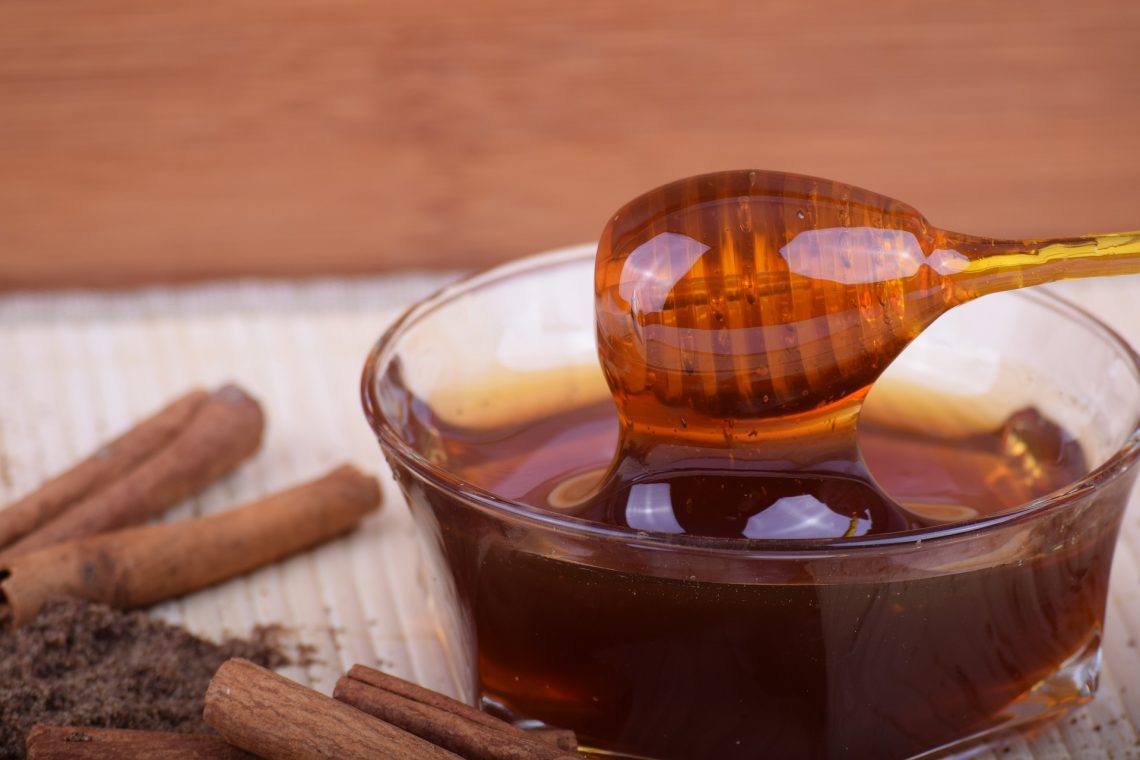
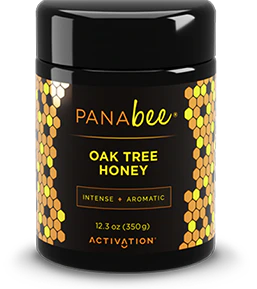

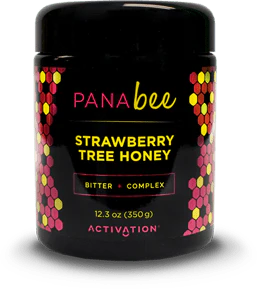
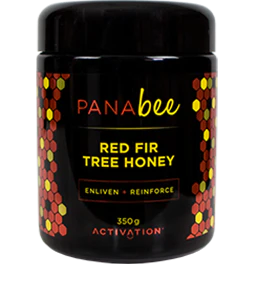
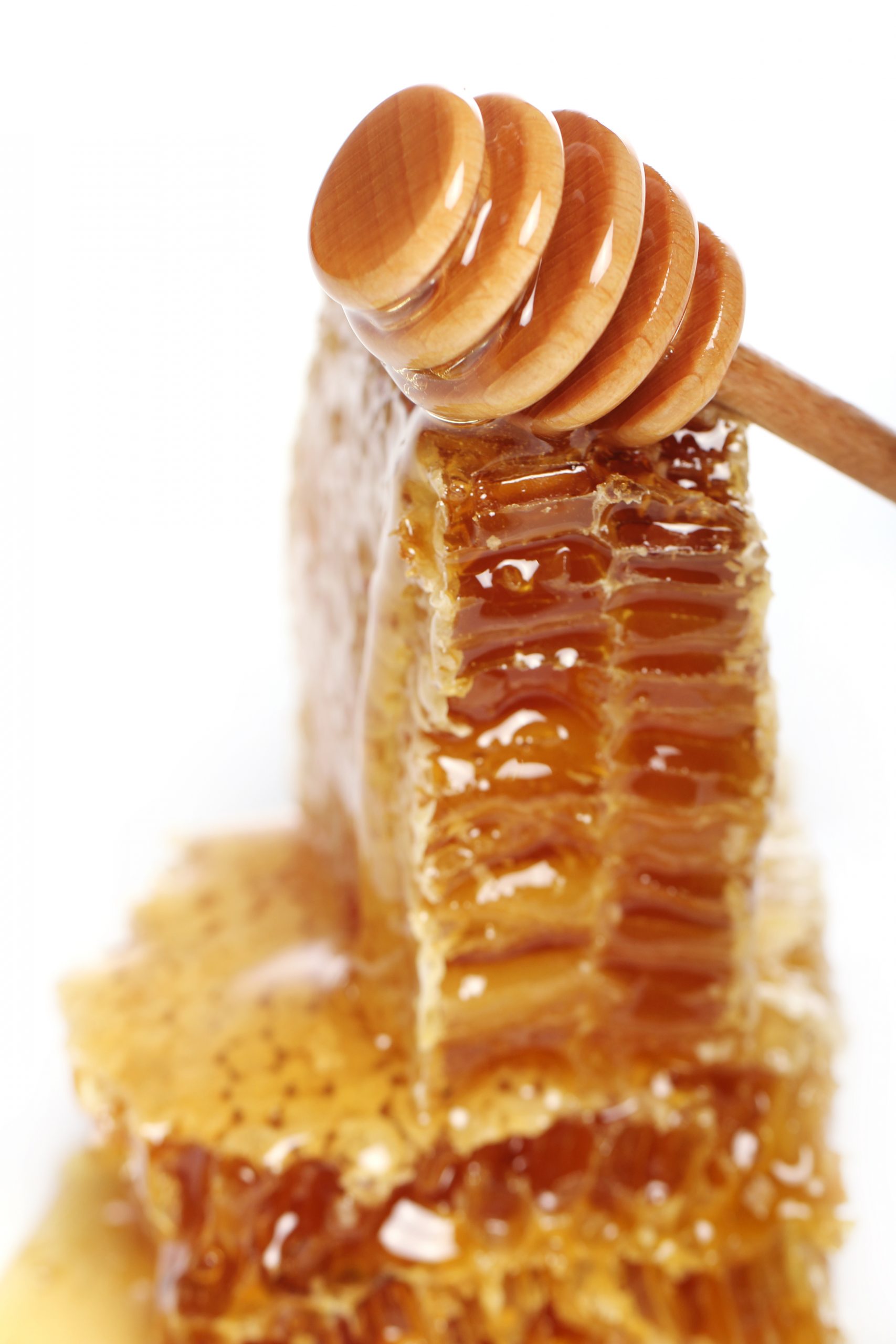


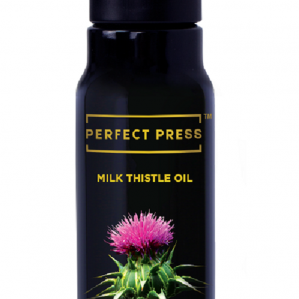

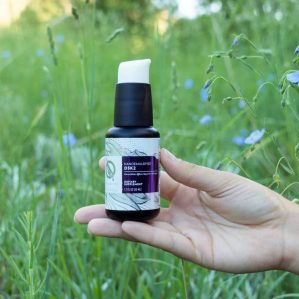
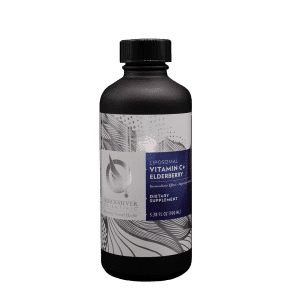











0 Comment